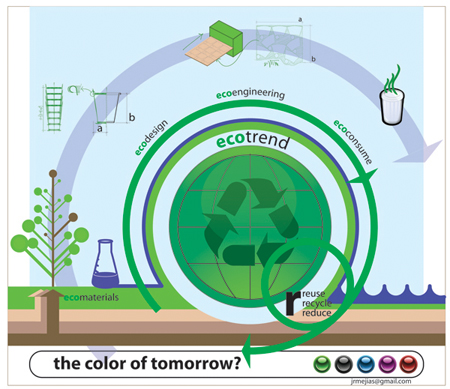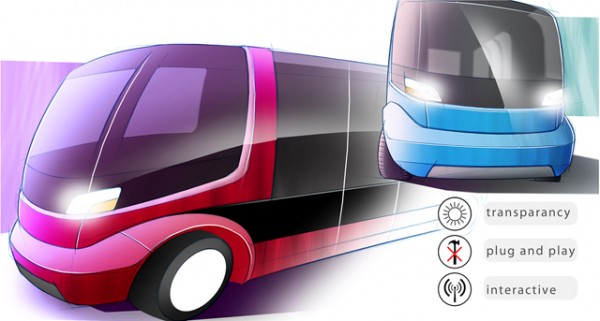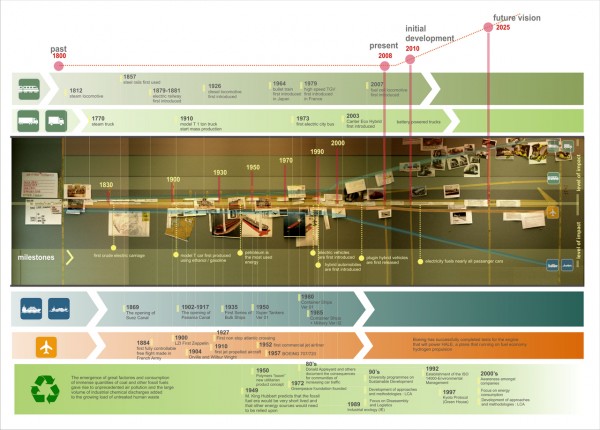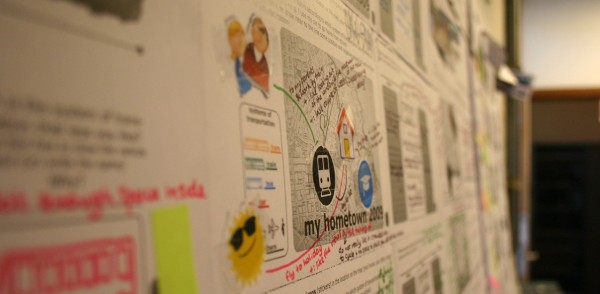Blog
I.T.O. in the Dutch Design Week (part of the case study 3)
 Based on the final concept of my graduation project called ITO (Integral • Transport • O emissions) Motio Development is presenting its concept car: E-motio on the Dutch Design Week from October 17 through October 25 2009, Eindhoven the Netherlands.
Based on the final concept of my graduation project called ITO (Integral • Transport • O emissions) Motio Development is presenting its concept car: E-motio on the Dutch Design Week from October 17 through October 25 2009, Eindhoven the Netherlands.
Eye of the eco-storm (TUDELTA.31)
 Life cycle of a paper cup: designers yearn to develop stunning, lovely-to-use products; engineers want products that are simple to produce and distribute; and users desire a good standard of living, enjoying their freedoms in a comfortable world. A simple paper cup is an extremely complex ecosystem that combines all these desires. Helping to saving our eco-system is however a daunting but necessary task for designers, engineers and users, if there is to be water for future generations to drink in whatever kind of cup – paper, glass or plastic.
Life cycle of a paper cup: designers yearn to develop stunning, lovely-to-use products; engineers want products that are simple to produce and distribute; and users desire a good standard of living, enjoying their freedoms in a comfortable world. A simple paper cup is an extremely complex ecosystem that combines all these desires. Helping to saving our eco-system is however a daunting but necessary task for designers, engineers and users, if there is to be water for future generations to drink in whatever kind of cup – paper, glass or plastic.
This illustration and the caption were published on the Newspaper TUDELTA number 31.
More details: http://www.delta.tudelft.nl/en/archive/article/eye-of-the-eco-storm/20137
Javier Ricardo Mejia Sarmiento
E-Motio Flexible bus concept developed by Motio (part of the case study 3)
Modular, smart and electric – these are the three key elements of a new bus design that the Dutch design studio Motio created. This studio is specialised in creating products for the mobility market, in the past they did design work for MAN and Solaris.
Context mapping (part 4): timeline
Timeline as part of the project: From A to green a future vision of coachworks
During the first couple of weeks a time-line was developed in order to have a general overview of the system of transportation of goods and commodities and understand its evolution through time. With this information it is possible to identify the most relevant forces, trends and drivers for the future of this system as well as Combigroep’s position within the system. It is intended to draw systematic conclusions from this iterative time-line.
Context mapping (part 3): Mobility Diary
The second tool used during the deconstruction phase of ITO was a “mobility-diary” (booklet) as a cultural probe. Booklets and probes are design-oriented user research toolkits that are based on self-documentation (Stappers, van der Lugt, Hekkert, & Sleeswijk Visser, 2008). They do not aim primarily at documenting but purposefully invite or provoke users to reflect on and verbalize their experiences, feelings and attitudes, and to visualize their actions and contexts. They address the challenge of studying users in their own setting, which are mainly personal. Proves provide useful information on users’ needs and context.




